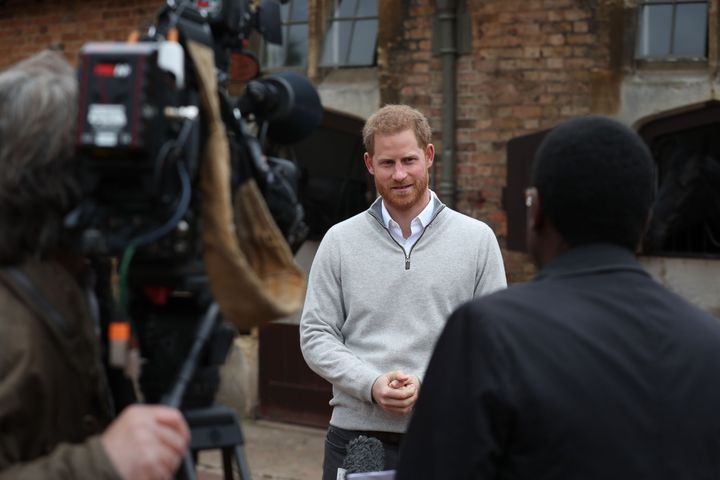We’re over the first shock of royal baby pleasure – “It’s a boy!” – so now let’s get back to chuntering about the lack of information, shall we? The real story is less the exact wheres, whens and hows of Baby Sussex’s birth, and more the message behind the secrecy – and the future relations between people and palace in the hands of peek-a-boo princes William and Harry.
Now you see them, now you don’t. There’s no doubt these two young men have had much more reason than most to think about their relations with, in particular, the press, and to be very wary. But as Queen Elizabeth famously said, “I have to be seen to be believed”. Seen for how much of the time, precisely?
Let’s get one thing straight: the Duchess of Sussex was not breaking any God-given rule when she opted out of the Lindo Wing photo opportunity. That ‘tradition’ was instituted only in the days of Princess Diana, when the monarchy was frankly prostituting itself to the public in a desperate effort to gain popularity. But the level of disinformation that left an official declaring the Duchess was in labour, when in fact the baby was eight hours old? That’s another story.
Even when Prince George was born, in the glare of far more publicity, William and Kate did their photo op, smiling and dutiful – and then beat it straight down to the privacy of Kate’s family home in Bucklebury. That was the signal, if we had but seen it, that this generation of royals may differ from their elders in their conception of their duties.
Yes, Queen Elizabeth (Princess, as then she was) gave birth to Prince Charles behind palace walls. It was left to the policemen on duty to tell crowds in the Mall a baby had been born - and official pictures were so slow in coming, rumours spread there was something wrong with the baby.
But it’s hard to believe Queen Elizabeth II is ever wholly off duty. It’s true she retreats to the distance of Balmoral for weeks each year, that friends say in private she shows a different, far sparkier, side of her personality. But when she took on the mantle of sovereignty she took it on for keeps: 365 days a year, 24 hours a day. It’s part of the quasi-religious function of the monarchy. (That’s part of the reason she’s always set her face against abdication. God put this mantle on her shoulders: it is for Him to choose when to take it off. And yes, it’s a fair bet the Queen does envisage God as ‘He’.)

Question is, do the younger royals feel quite the same way?
There is almost a sense they envisage their royal role as just that – a part to play. They’ll play it dutifully, and well. Prince Harry was a delight speaking with the media on Monday, describing his new son: “this little thing is absolutely to die for”. It’s warmer and more human than we’d have seen from older royals. Like the difference between the Ancient Greek style of acting in masks, and the barefaced mode we see today.
But once they’ve done their job, or played their part, this younger generation feel entitled to step away. Some will applaud their determination, as Oprah Winfrey applauded Harry and Meghan’s decision to keep their birth plans private. But then, Oprah is not a British taxpayer. Prince Harry is funded largely by his father, from his income from the Duchy of Cornwall. But the relationship between the Royal Family as a whole and the public purse means there is genuine public interest in their doings. That arguably puts them in a different position from other celebrities whose doings are of interest to the public.
Can being royal be a part-time job? What should the hours should be? Prince William at least may come to operate a little differently, as fate brings him closer to the throne. But meanwhile, there are real questions over how we the public are going to feel about a shift in the style of royalty.

